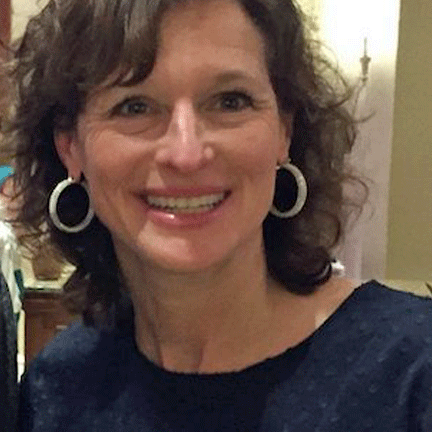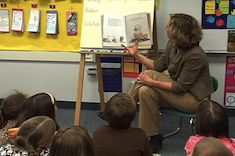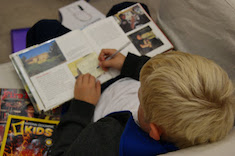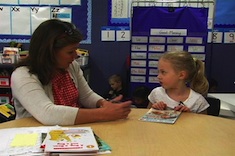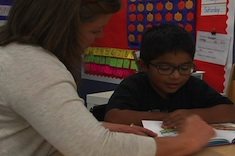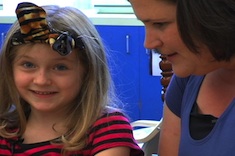It all started when one first grader complained, “Mrs. Mulligan, I don’t want to talk with my book club. It’s boring.”
Then several others chimed in, “Yeah, it’s boring.” Hearing these words was hard. I was disappointed and, to be honest, even a bit annoyed. It was only our second round of book clubs, and the first round had gone well. What had happened? Where was this coming from?
Now, I’ve been teaching long enough to know not to let my emotions get the best of me. I took a deep breath and reminded myself to listen.
Me [speaking to students and trying not to have any tone in my voice]: Can you tell me more? What makes it boring?
Student: All we do is talk, talk, talk. We want to do something else.
Me [inside-the-head voice]: Do not overreact. Think about what is essential. Your goal is to cultivate a love of reading and a love of thinking. There are lots of ways kids can show their thinking. Help them find a different way.
Me [speaking to students]: You know how important your thinking is, and talking is one way readers share their thinking. Is there another way you can show your thinking? Could you act out a part that shows your big idea? Could you use tools in the writing area to help share your thinking? Please go back to your groups and decide how you want to share your thinking.
The kids set off to work. Honestly, several groups sat in a circle and stared at one another. After lots of silence, with some kids rolling on the floor, I walked from group to group, listening for any entry point. As I listened, all I could think was This is a mess. How have I managed to make book clubs boring to first graders?
I approached the group talking about Mae Among the Stars, a picture book biography about astronaut Mae Jemison written by Roda Ahmed. I asked the kids, “Which part of this book was exciting to you?”
Immediately, the kids spoke out. “When the teacher tells Mae that she can’t be an astronaut because she is a girl.”
Me [inside voice]: Finally—an entry point!
Me [talking to students]: I wonder if your group could act that part out. Would you enjoy it, and would it show your thinking?
Immediately the children began planning.
Child 1: Okay. You can be Mae Jemison.
Child 2: I’ll be the teacher.
Child 3: I’ll be Mae Jemison’s mom.
Me [inner voice]: I’ll get this on film, because maybe if the other groups see what this group has done, it will help.
Me [outside voice]: Friends, wait one minute. Let me get my iPad, so I can videotape.
“Ready! Set! Action!” I announced.
When I said “Action,” the other kids stopped rolling around and watched this book club. The student acting as Mae Jemison’s mom paraphrased from the book, “Mae. Don’t listen to your teacher! You can be anything you want to be. If you want to be an astronaut, be an astronaut. You can do it.”
As I watched through the iPad, I realized that I was learning the biggest lesson. My kids needed more space, more time, and more playful ways to share their thinking. Mae Jemison’s teacher had reduced her choices, and I had exposed the children to only one way to share their thinking. My kids needed to be in charge. They didn’t want talk, talk, talk. They wanted choice and needed playful discovery.


